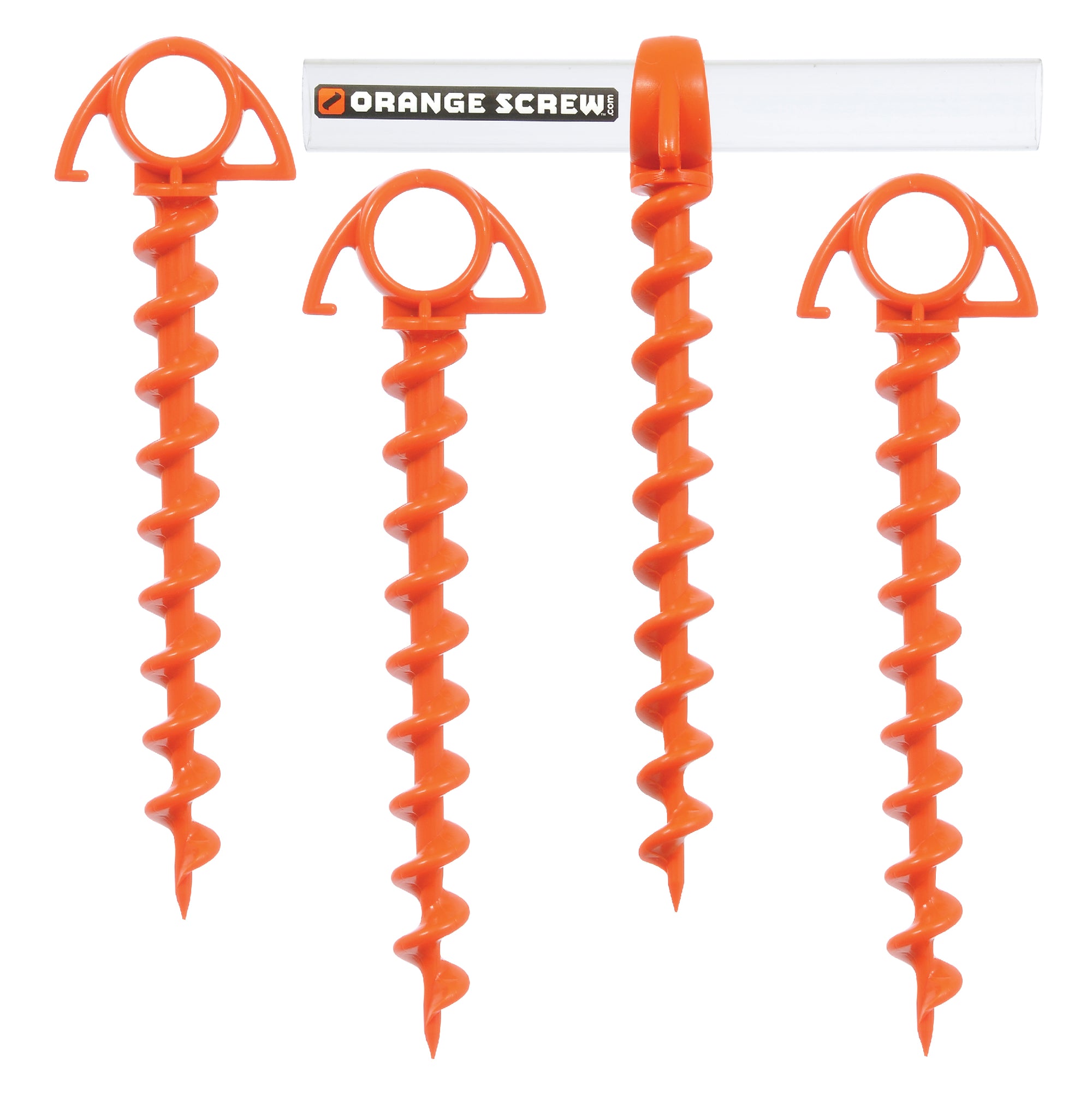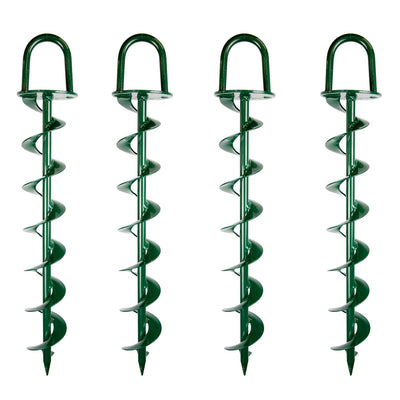Ways to Pick the Best Ground Anchor for Industrial Use
Ways to Pick the Best Ground Anchor for Industrial Use
Blog Article
Explore the Various Kinds Of Ground Support for Your Following Task
When embarking on a building or landscape design project, recognizing the different types of ground supports readily available is critical to making sure both stability and toughness (Ground Anchor). From auger supports, which master varied dirt problems, to stake anchors created for short-lived installations, the alternatives are numerous. Additionally, concrete and screw anchors existing special advantages in certain circumstances, while deadman anchors are customized for applications calling for resistance to side pressures. The choice of a suitable support type can substantially influence the general success of your job, triggering additional exploration into their respective benefits and applications.

Auger Anchors
Auger anchors are a popular option in different building and landscape design jobs due to their one-of-a-kind layout and efficient anchoring capacities. These anchors consist of a helical screw-like shaft that is driven into the ground, permitting a secure and secure hold. The spiral design promotes easy installation and makes the most of resistance versus lateral forces, making auger anchors particularly efficient in applications such as secure fencing, short-term structures, and erosion control.
The setup procedure of auger anchors is fairly straightforward. They can be manually or mechanically mounted, depending upon the size and required depth. This versatility enables their use in diverse soil problems, from sandy to clayey terrains. Additionally, auger supports can be conveniently removed and reused, which includes to their cost-effectiveness and sustainability.
Among the significant benefits of auger supports is their capacity to disperse tons uniformly throughout the bordering dirt, decreasing the danger of soil disturbance and lessening environmental effect. In addition, they are less prone to loosening or heaving over time contrasted to typical securing methods. Subsequently, auger supports are an excellent choice for tasks calling for reliable and long lasting anchoring solutions.

Risk Anchors
When it pertains to securing structures in a selection of exterior applications, stake anchors use a straightforward and reliable option. These anchors are generally constructed from long lasting products such as steel or light weight aluminum, made to hold up against ecological anxieties while giving ideal stability. Their straightforward layout permits for quick installation, making them a perfect selection for irreversible or momentary anchoring demands.
Stake supports are particularly helpful in safeguarding tents, canopies, and other light-weight frameworks against wind and weather. They function by being driven into the ground at an angle, producing a solid hold that withstands pull-out forces - Ground Anchor. The effectiveness of risk anchors depends on a number of variables, including soil kind, wetness material, and the angle of installment
For added safety and security, numerous stake anchors feature add-on factors for ropes or straps, enabling for stress modifications as required. In applications such as landscaping or building and construction, they can successfully maintain devices or frameworks on unequal terrain. In general, risk anchors provide a flexible and affordable option for safeguarding numerous outdoor installments, making them a recommended selection for contractors and do it yourself enthusiasts alike.
Concrete Anchors
Concrete anchors provide a robust service for protecting structures to concrete surface areas, making sure stability and security in various applications. These supports are necessary pop over here for jobs varying from residential constructions to large commercial setups. They can be found in different kinds, including growth anchors, adhesive supports, and undercut supports, each developed for particular load demands and environmental conditions.
Growth supports rely upon mechanical devices to grip the concrete when mounted. They are excellent for medium to durable applications. Adhesive supports utilize high-strength epoxy or material to bond the anchor to the concrete, supplying superior load-bearing abilities, especially in broken concrete circumstances. Undercut supports create an one-of-a-kind shape within the concrete, supplying phenomenal holding power, particularly in applications where tensile lots are common.
When implemented properly, concrete supports considerably boost the structural honesty of different tasks, making them important in modern-day building and construction practices. Comprehending the particular needs of your project will help in selecting the appropriate type of concrete support for the task.
Screw Anchors

Screw anchors are a functional attaching solution that can be properly used in a selection of applications where traditional concrete anchors may not be enough. These anchors consist of a helical style that permits them to be easily driven into the ground, making them optimal for use in soil and other substrates. Their unique structure supplies exceptional holding power and resistance to pull-out forces, making them suitable for numerous jobs, from landscape design to structural support.
Among the key benefits of screw anchors is their ease of setup. They call for very little equipment and can often be installed without the requirement for excavation, which conserves both time and labor expenses. Furthermore, screw anchors can be eliminated and reused, using a sustainable option for temporary applications.
Screw supports are particularly beneficial in locations where soil conditions are challenging, such as loosened or sandy dirts. more info here Their capability to be set up at varying depths enables modification based upon particular job demands. On the whole, screw anchors give a trusted and efficient anchoring technique, making them a superb choice for contractors and engineers seeking efficient remedies for their projects.
Deadman Anchors
Deadman anchors act as a robust service for stabilizing structures in difficult problems, especially where standard anchoring techniques home might fail. These anchors include big, hefty things buried underground, which produce resistance versus lateral forces. The design commonly involves a horizontal element, such as a block of concrete or a metal plate, buried in the soil, to which straps or cable televisions are affixed.
The effectiveness of deadman supports depends on their capacity to distribute loads over a bigger location, reducing the danger of failure in unsteady soil conditions. They are especially beneficial in applications such as keeping walls, temporary structures, and incline stabilization, where soil activity can jeopardize the integrity of the framework.
Installation of deadman supports requires cautious preparation to guarantee they are put at the right depth and orientation, optimizing their load-bearing capability. While they might need even more labor and material than lightweight anchors, their integrity in damaging problems makes them vital for long-term projects. Furthermore, deadman anchors are functional and can be adapted to numerous applications, making them a go-to selection for designers facing one-of-a-kind challenges in their projects.
Final Thought
Auger supports stand out in varied dirt problems, while stake supports match short-term applications. For concrete surface areas, growth and glue supports provide reputable options, and screw anchors use versatility in tough surfaces.
In addition, concrete and screw anchors present special benefits in details circumstances, while deadman supports are tailored for applications needing resistance to side pressures - Ground Anchor.Auger supports are a prominent choice in various building and construction and landscaping tasks due to their distinct layout and reliable anchoring capacities. They come in various kinds, consisting of growth anchors, glue supports, and undercut anchors, each made for certain load demands and ecological conditions
Glue supports use high-strength epoxy or material to bond the anchor to the concrete, providing premium load-bearing abilities, particularly in broken concrete scenarios. On the whole, screw anchors supply a trusted and effective anchoring approach, making them an exceptional option for contractors and engineers looking for reliable options for their projects.
Report this page